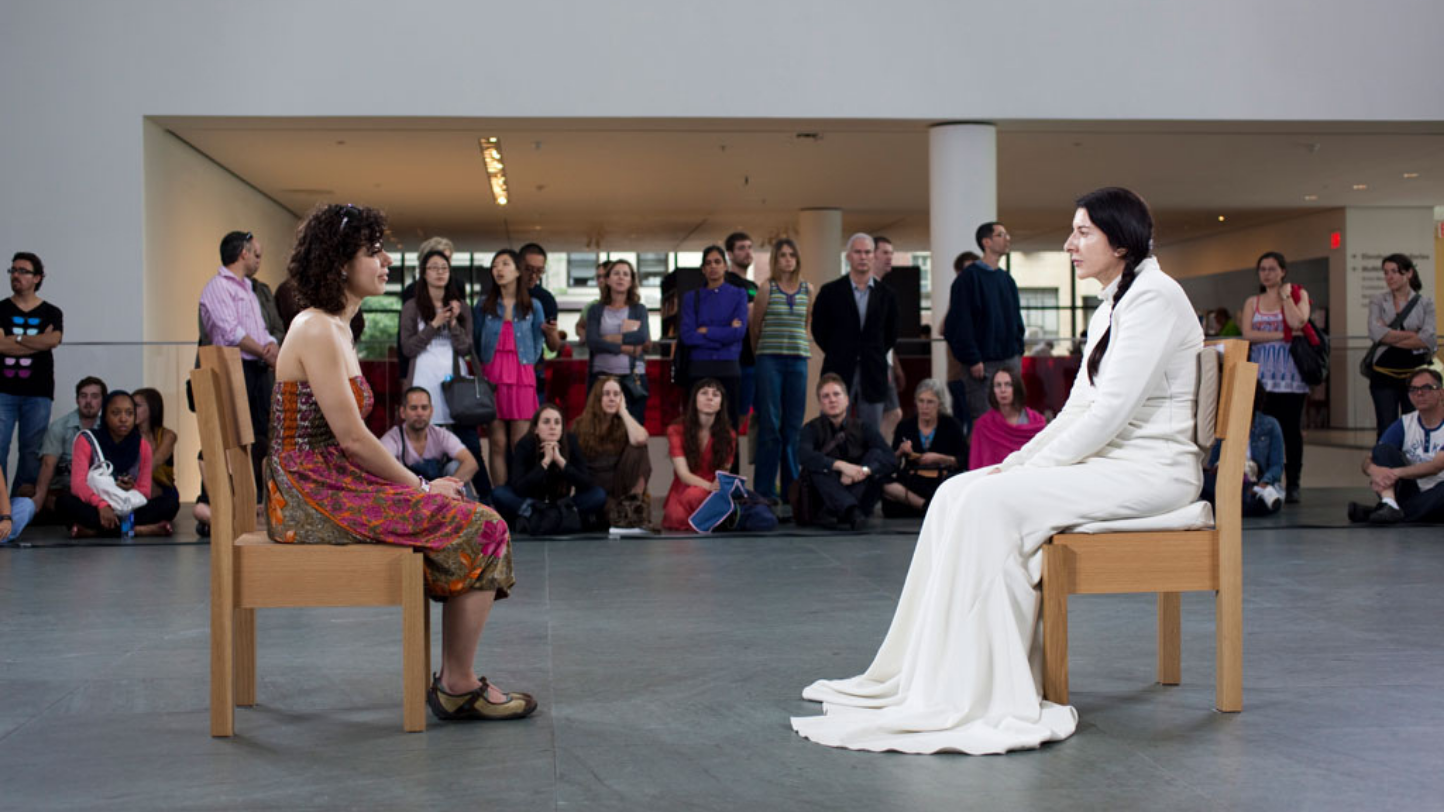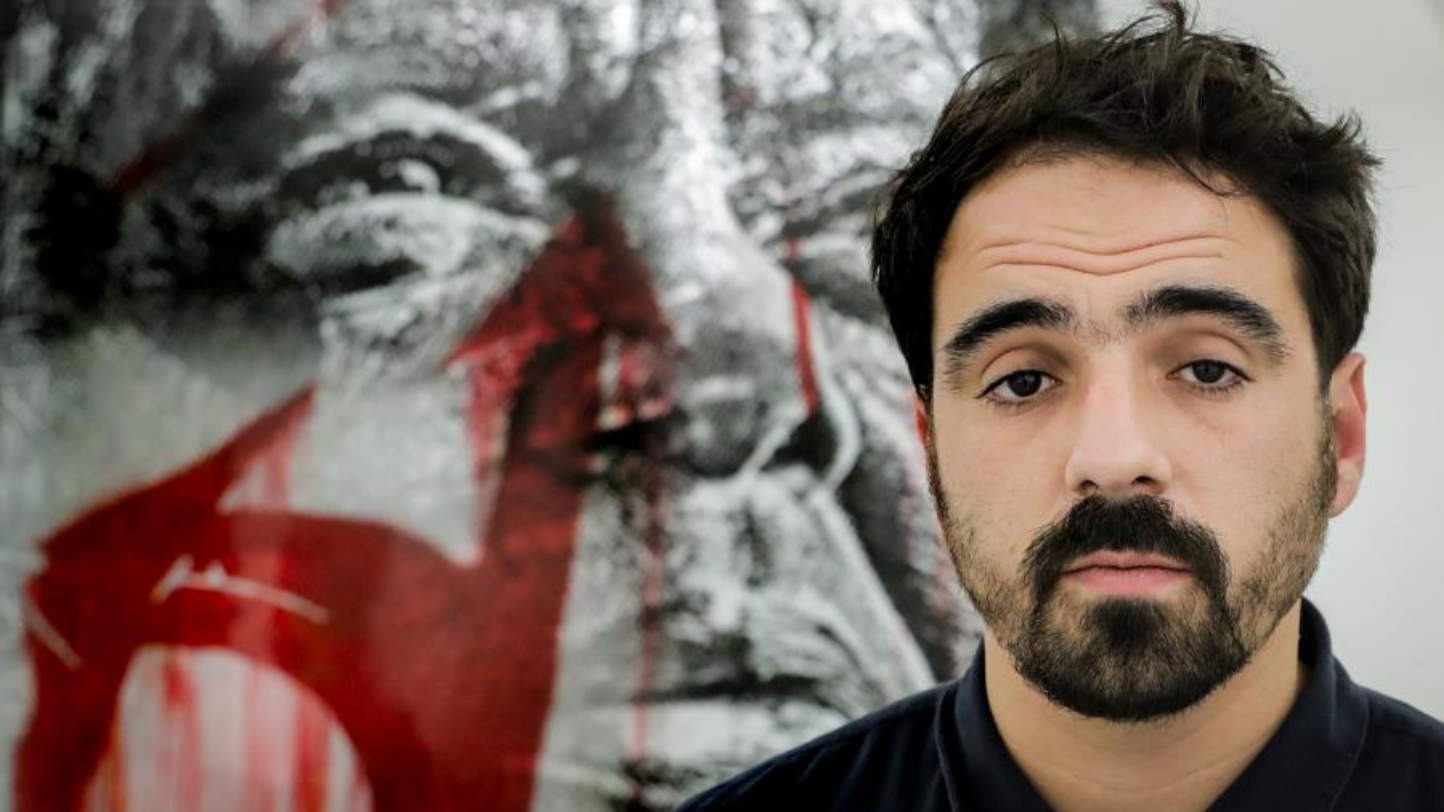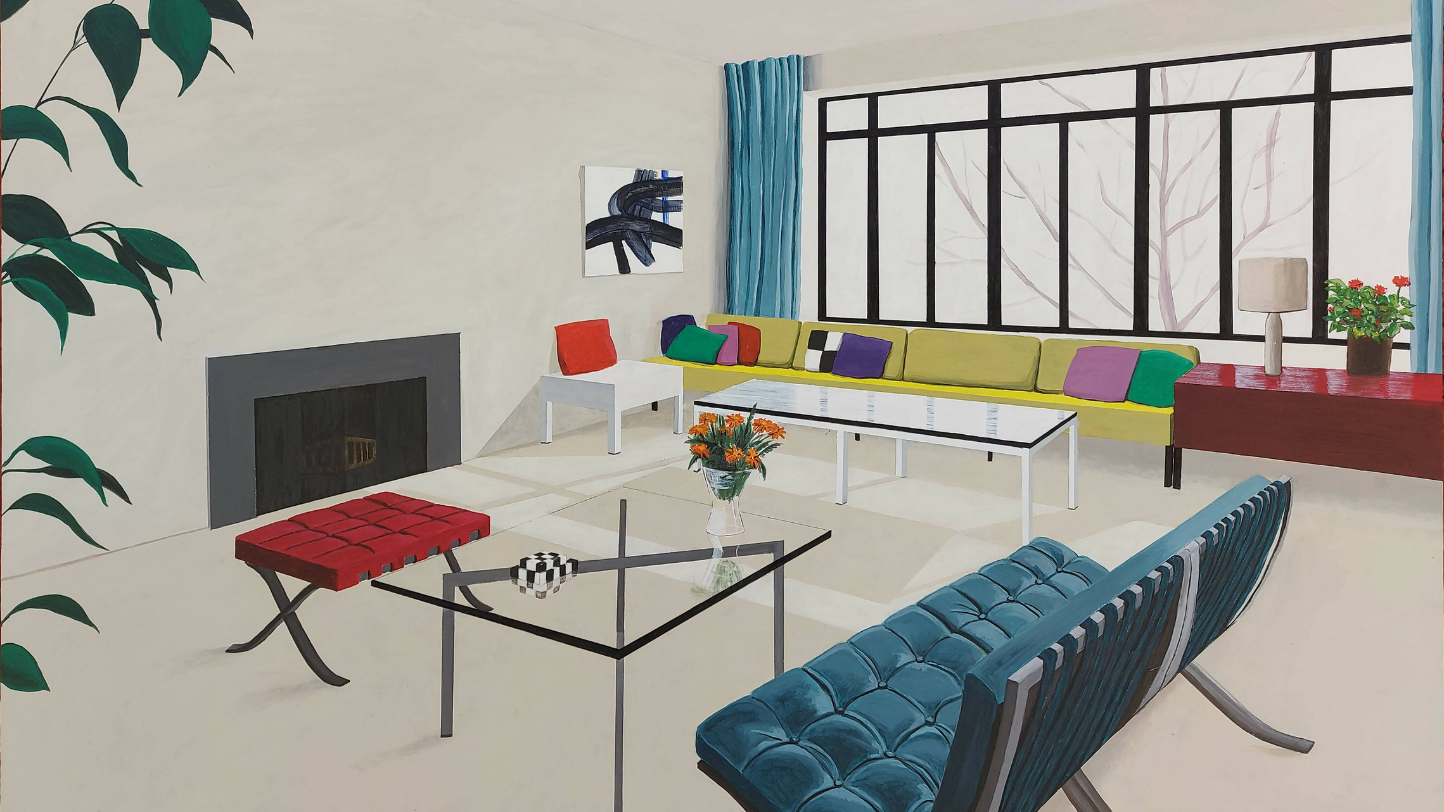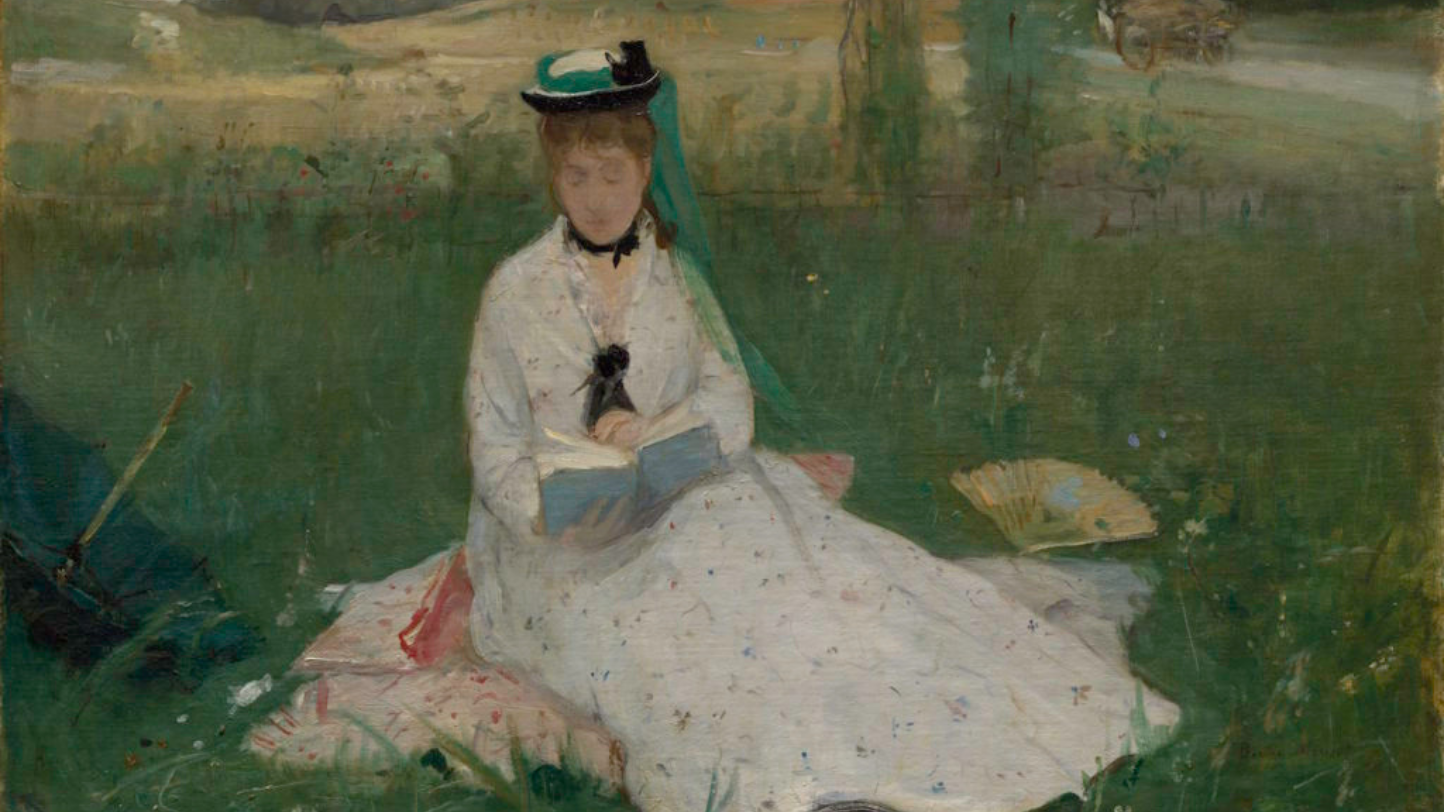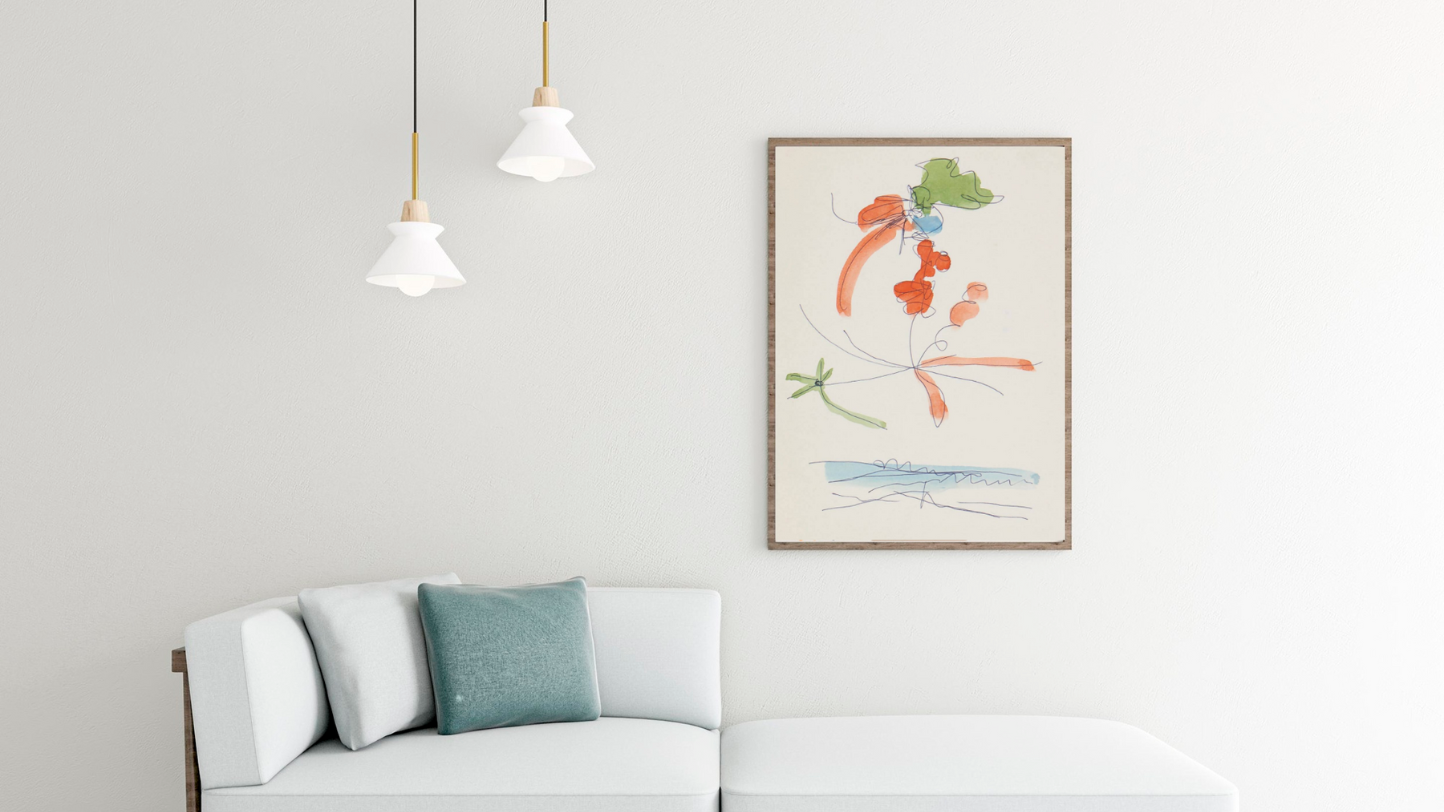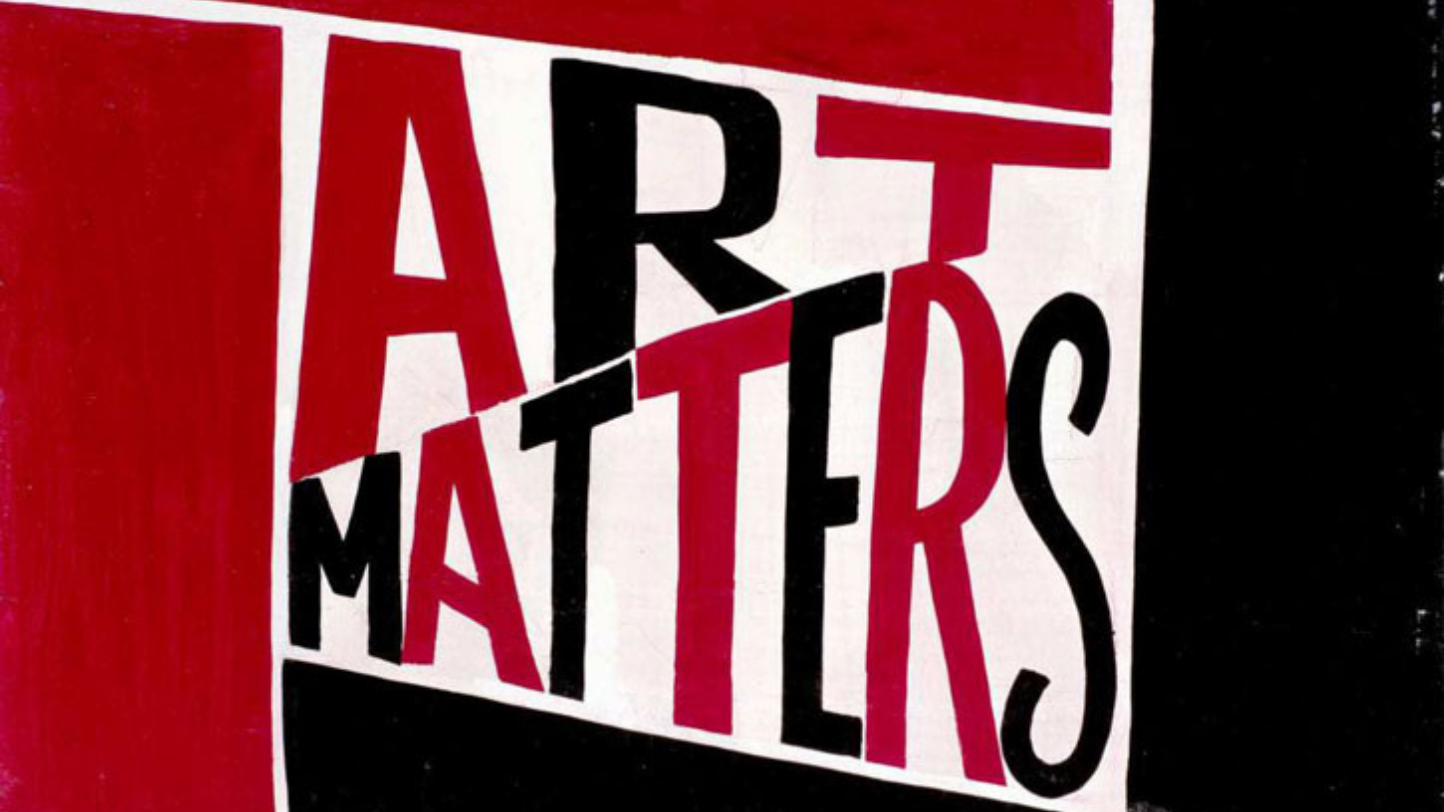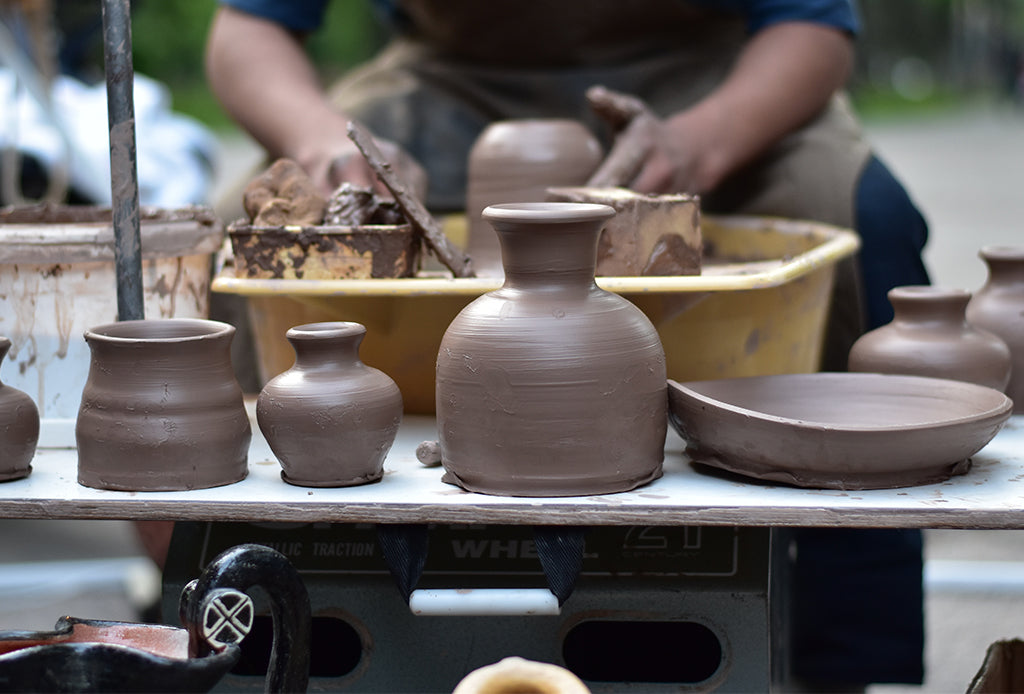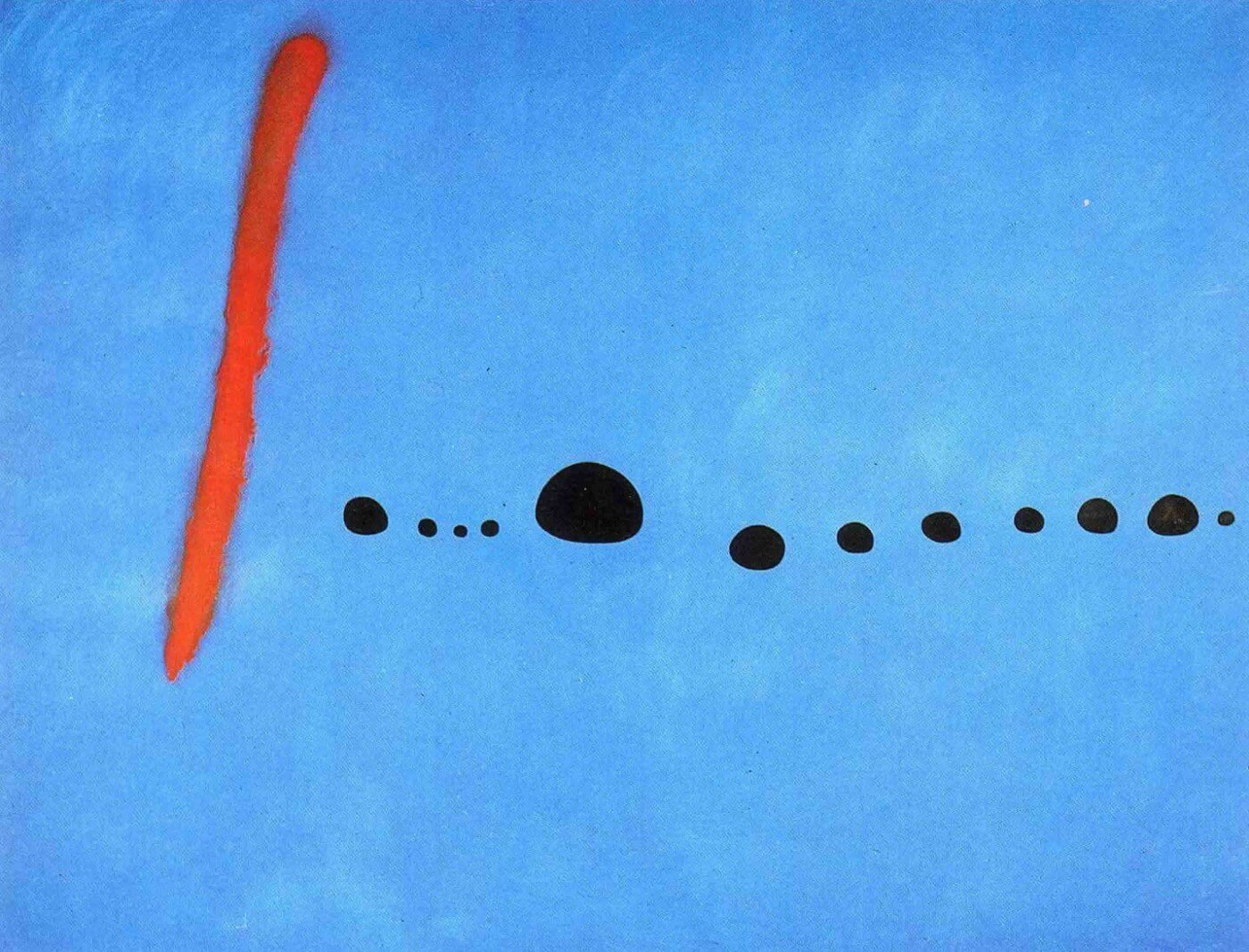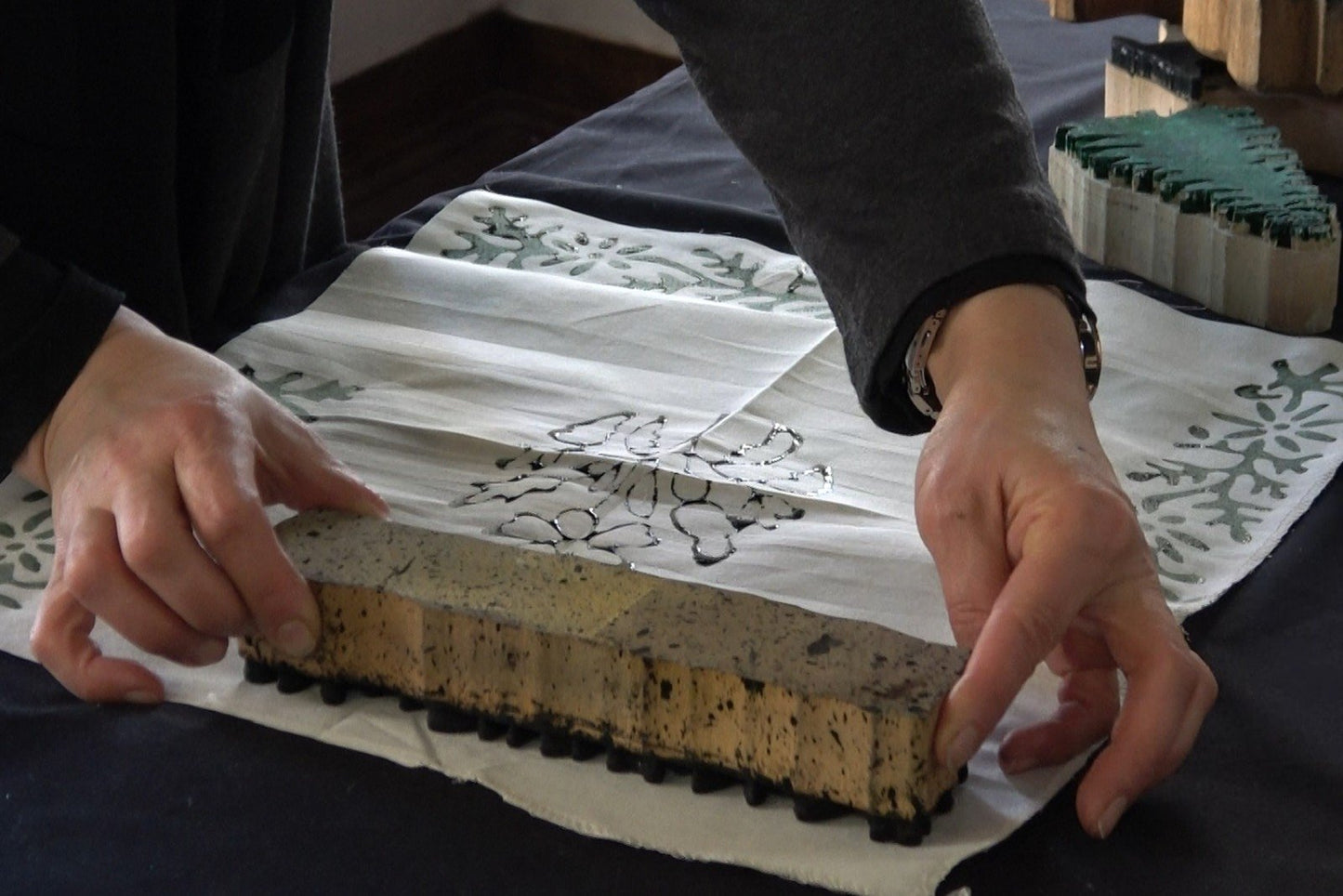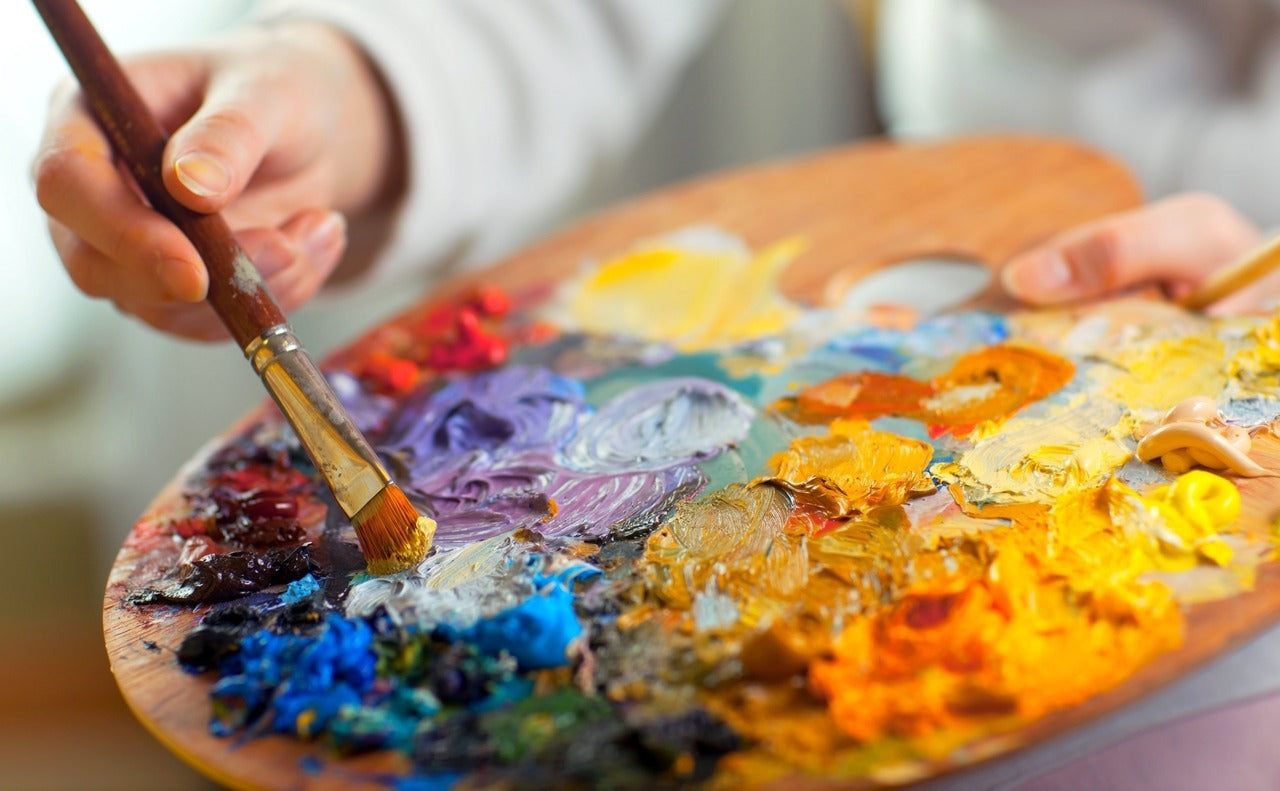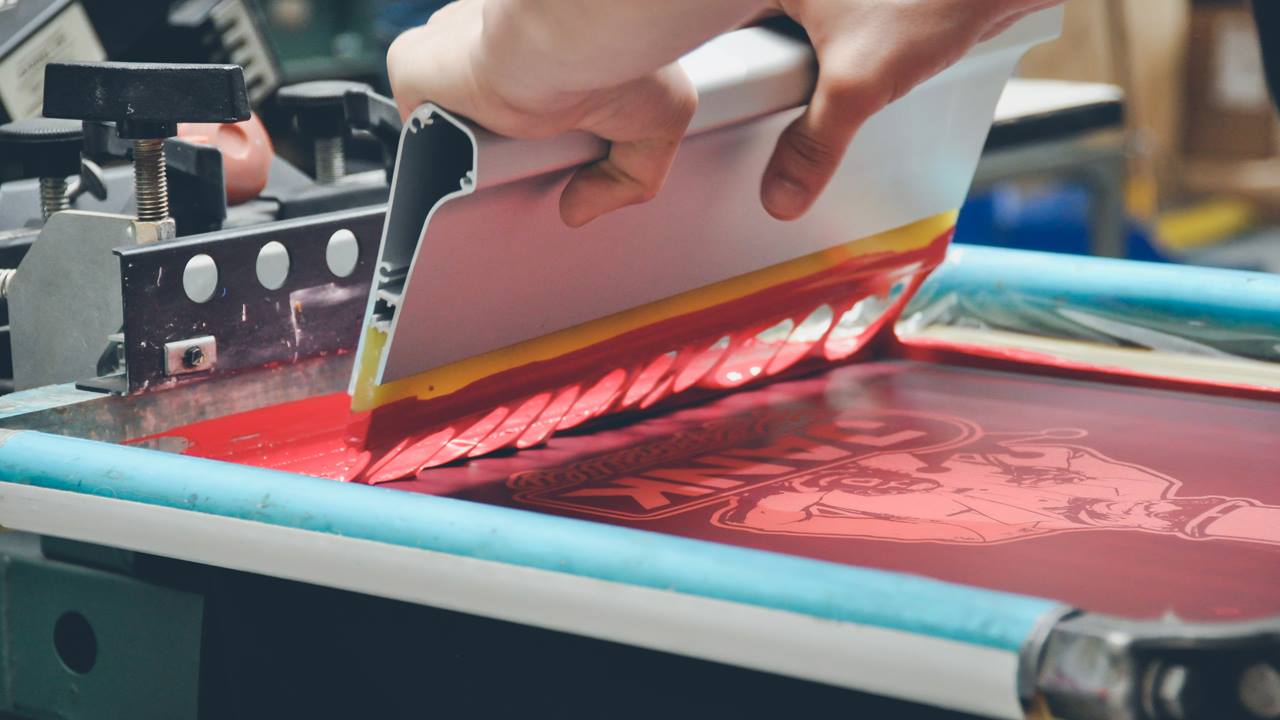Currently exorbitantly priced masterpieces dominate the art market news, yet these sales represent only a fraction of an increasingly accessible and exciting market. Thanks to the internet, it's easier than ever to discover artists worth investing in.
Need some recommendations for building your art history book collection? We've put together a list of must-read books below, both mainstream and specialist, covering art history from classical antiquity to the present. Art history is a malleable discipline, subject to recurrent revisions and reassessments. But understanding developments in art depends on it. Enhance your studies in this field with one or many of our choices.
Art is meant to be enjoyed, so it's no surprise that framing—along with lighting, curation, and wall coloring—is a central issue for a work's presentation. But while institutions and galleries have the professional knowledge and resources to confidently navigate the framing process, for collectors it can be overwhelming: the ideal frame must protect the object while simultaneously creating a visual symphony with the work itself, while also fits the collector's budget. And, like any aesthetic industry, the framework has evolved over the decades and changed form in response to different trends and needs.Below are five tips to keep in mind the next time you need to frame a work of art.
Are you exploring the world of NFTs? Below are 9 market terms that will help you explore this dynamic world of NFTs.
In an increasingly frenetic world full of visual stimuli, the search for unique forms of artistic expression and decoration that reflect our personality and lifestyle is gaining more and more relevance. It is in this context that abstract paintings emerge as true works of art capable of transforming and elevating the atmosphere of any environment. Find out more here.
When looking at historical auction data from the Mei Moses Fine Art Index since 1950, art prices have followed a positive trend, outpacing inflation rates. In every period of human history, art has easily outpaced inflation, has long been considered a passion investment, and offers potential economic benefits. Learn more about investing in art here.
In recent years, there has been a boom in podcasts produced. With this new means of sharing, we can learn much more about art, anywhere, anytime. We can finally enjoy candid conversations with people from all corners of the art world – artists, gallerists, dealers, historians, collectors, curators and enthusiasts. Private information in a field that many consider exclusive is now public. Want to learn more about the art world? How can artists find success? Influences from the art world? Find out in this list which podcast is perfect for your tastes.
Investing in art goes beyond finding the perfect painting to hang in your living room. Art can occupy an important space in your financial state, serving as a hedge against inflation, adding diversification and reducing volatility. ANDlthough 2020 was a tough year for the traditional art market, online sales reached a record $12.4 billion, double what 2019 was. growth in this type of investment. Where and how to invest in Contemporary Art? Learn more here.
Ceramics, one of the oldest production techniques, is made from mixing products such as clay. With the use of clay, the creation possibilities are endless, from plates, mugs, bowls, terrines to vases. For centuries these objects have been created by craftsmen specialized in the field. Currently, there are more and more people interested in the technique of ceramics and want to learn how to make objects, whether for decoration or for use. To help with the first steps in the world of ceramics, P55 has put together a list of tips for producing your own pieces at home.
Managing to maintain mental wellbeing has been a challenge during the recent challenges of the pandemic. World Mental Health Day is celebrated this Sunday, October 10th. This date raises several questions: how does art help the brain? During the coronavirus, many people have turned to the artistic world, as a form of creative outlet or an opportunity for expression. Discover in this article how art has been helping Humans in terms of mental health.
Lithography is a printing process based on the fact that fatty matters and water do not mix. Since its creation, this unique means of reproduction has been greatly appreciated by artists, however in contemporary times, as an alternative means of artistic production that reached the general public in a more accessible way, it has become even more popular. Discover the national and international artists who surprised the art world with the lithography technique!
Your office walls are blank canvases waiting for your creativity! Your workspace can become a great source of inspiration for your daily tasks with the right decor. In addition to the decorative aspect, works of art offer endless possibilities, thus expanding your mind and inspiration. Get new ideas that will help you create an amazing space where your creativity and motivation can flourish. This article is full of ideas to be able to redefine your workspace in a personalized and inspiring way.
Oil painting is a fascinating technique due to its ease of application and its impact throughout the History of Art. With a long narrative, this technique became extremely admired from the mid-15th century onwards, with Flemish and Dutch artists, due to its versatility in terms of consistency, texture, shine, the possibility of being able to be combined with other oils and still because of the drying time.There were many artists who created true masterpieces, such as the Mona Lisa (1503-1506) Leonardo Da Vinci's Guernica (1937) Pablo Picasso, The born of Venus (1483) – Sandro Botticelli, among others. Interested in oil painting? Learn in this article how to create your own work of art.
Screen printing is a printing method that offers the possibility of transferring an illustration to paper or fabric through the stamping process.This is an ancient technique that emerged in the East, however it had a greater impact on art, starting in the 1950s with the Pop Art artistic movement. Through works on American culture, Andy Warhol It is Roy Lichtenstein popularized this mode of reproduction. Nowadays, many artists like Vhils, Banksy, João Cutileiro, José Guimarães, among others, have used serigraphy in order to develop their artistic production in different ways. Are you curious to know how to produce a serigraphy? Learn with us how to create your own graphic work at home.

